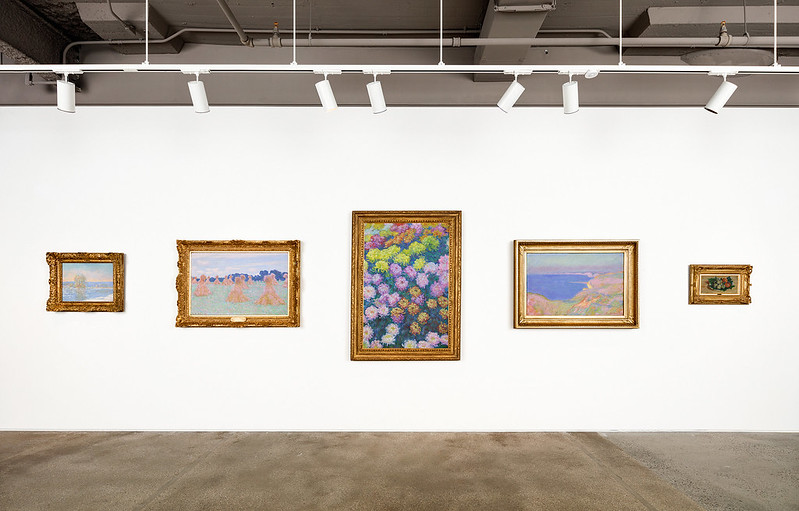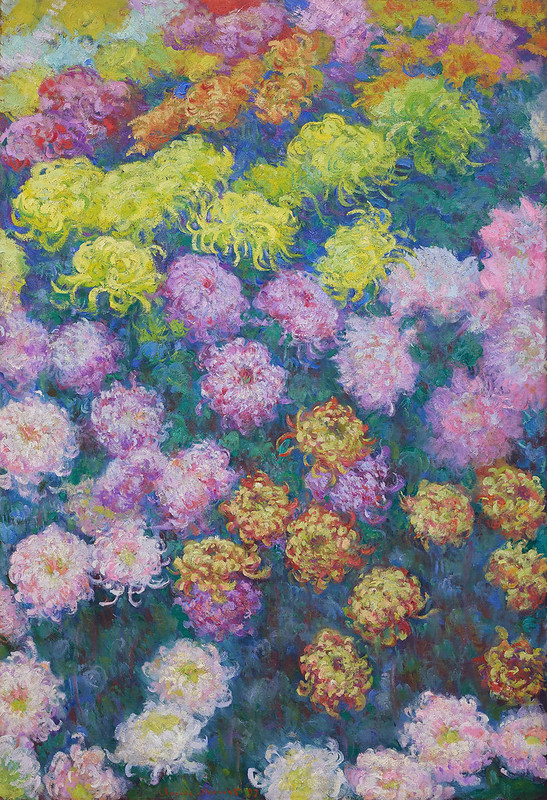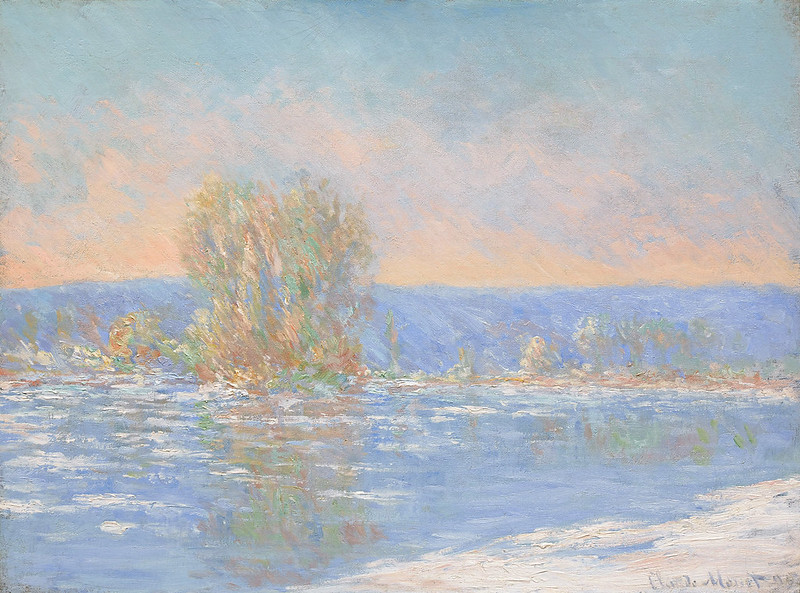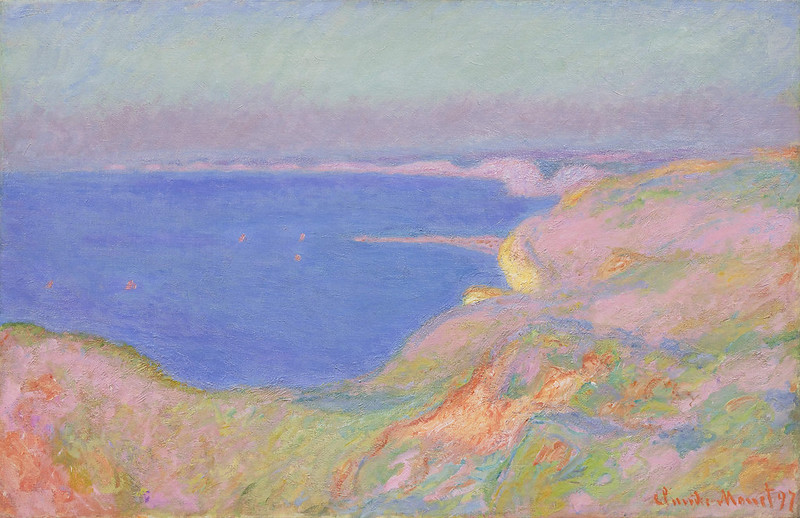SIGN IN
Sign In to Your account.| Sign in with Your social media account. |
Sothebys to Offer a Collection of Five Paintings by Claude Monet
|
Share
|
This March, Sotheby’s will present five works by Claude Monet painted during a formative fifteen-year period during his career, charting the artist’s pivot from an Impressionist painter to the father of Abstract Expressionism. From a flower-filled canvas of chrysanthemums that prefigures Monet’s celebrated late water lily paintings and celebrates his fascination with Japan, to a rhythmic depiction of loosely bundled together grainstacks, and two landscapes painted under different weather conditions at opposing ends of the seasons, the works – all of which pre-date 1900 – encapsulate the ‘modern’ Monet that had such a profound influence on later artists and movements. With a combined estimate in the region of US$50 million (£35 million), the paintings will be offered in Sotheby’s Modern & Contemporary Evening Auction in London on 2 March 2022.

Beloved by audiences in Asia, Monet has been drawing crowds in the region. This appetite for Monet in Asia was mirrored in Sotheby’s global salesrooms last year, when almost 50% of the total bids on works by the artist were generated by collectors in the region. The paintings will go on view in Hong Kong and Taipei in February, ahead of their pre-sale exhibition in London.

Massif de chrysanthèmes, estimated at £10 – 15 million, is one of four still-lifes devoted to chrysanthemums painted by Monet in 1897. Radically challenging the long and illustrious tradition of still-life painting, both the subject and the composition – in which the flowers occupy the entire canvas, with the edges of the painting cropping the composition – had much to do with Monet’s fascination with Japan, a fascination he shared with many of his contemporaries. In 1854, Japanese ports opened up to Western trade for the first time in 200 years, sparking a vogue for Japonisme that penetrated almost every aspect of Western life.
It was at this time that Monet first came across Japanese prints – used as wrapping paper at a spice shop in The Netherlands. He quickly became a keen collector, adorning the walls of his studio with prints which were a complement to flowers (including chrysanthemums) he grew in his garden. The composition of the painting was almost certainly inspired by the work of the great Japanese print-maker Hokusai, whose prints of “Large Flowers” Monet owned. In fact, the influence of Hokusai’s depictions of flowers without backgrounds can also be seen in Monet’s Water Lilies, and it is no coincidence that the artist’s first water lily paintings date from the same year he produced these close-up paintings of flowers. Similarly, the Chrysanthemum holds a special status in Japan – a symbol of power and, often, of the country itself. Perhaps fittingly, therefore, this picture was most recently exhibited in Japan, in 1995, and at one time during its prestigious ownership history, it entered a private Japanese collection.

Estimated at £15 – 20 million, Les Demoiselles de Giverny features one of the most recognised motifs painted by Monet, that of the grainstacks, though in this instance, a collection of meulettes which are more loosely formed in appearance than the finished haystacks. Revisiting the subject in 1894, following the celebrated series of Haystacks he painted in 1890-91, uses the symbol of France’s rural health to continue his ground-breaking exploration of building up a canvas with paint. The work’s richly encrusted surface demonstrates Monet’s sculptural use of the medium looks ahead to the phenomenon of abstraction.

Glaçons, environs de Bennecourt, estimated at £5 – 7 million, also shows Monet’s progression towards his water lily paintings of the 20th century. During late December 1892 and January 1893, the length of the Seine experienced severe frost and heavy snow. Capturing the ice floes on the river’s surface was a nascent flowering of the water lily paintings, which Monet would begin just a few years later.

Painted in 1897, Sur la falaise près de Dieppe, soleil couchant, estimated at £3.5 – 5 million, is from a series of works depicting the Normandy coast. Reducing nature’s forms to their essence with gestural brushwork represented Monet’s first forays into abstraction. By the time of his death, he had become an abstract painter in his own right, set to have a tremendous influence on the generation of artists who followed.

Completing the group is Prunes et Abricots, painted circa 1882-85 during a period when Monet’s output started to reach a wider audience and gain increasing recognition (estimate £1.2 – 1.8 million).
Exhibition Schedule
New York : 22 – 27 January
Hong Kong : 8 – 9 February (By appointment only)
Taipei : 12 – 13 February (By appointment only)
London : 22 February – 2 March
Follow our RegistryE social media to get our latest updates:
Instagram: registrye
Facebook: RegistryE






